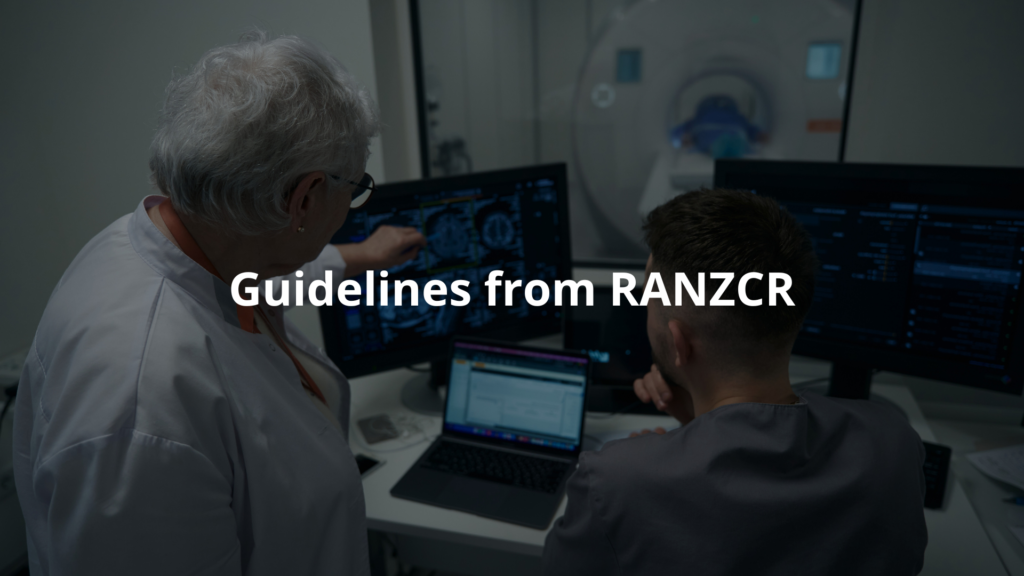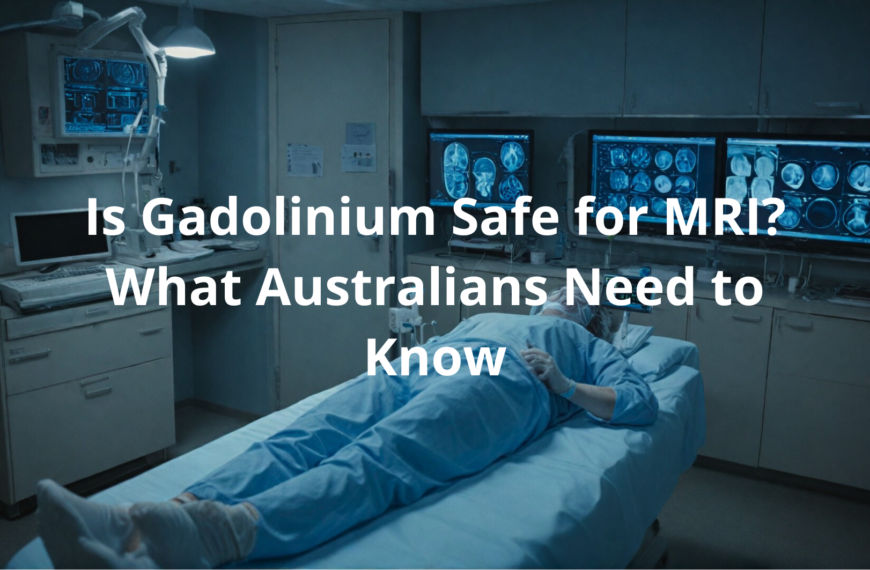Learn about the potential risks of contrast agents used in medical imaging and how to stay safe during procedures.
Getting an X-ray can be a bit scary, right? Especially when they mention a special medicine: contrast agents. These agents help doctors see inside the body more clearly (like making faint details pop). But they do come with some risks and side effects.
Contrast agents may cause allergic reactions. It might just be a rash, which is not a big deal, but it could become serious and affect breathing. Some people with kidney problems need to be extra careful, as contrast agents can sometimes make those problems worse.
The doctor will check your kidney function beforehand if there is a concern. Other times, contrast agents might interact with other medications you’re taking. So, always tell your doctor what you are on, even if it’s just vitamins, before the scan. So, before you get that X-ray, it’s smart to talk with your doctor, to see if contrast agents are right for you.
Key Takeaway
- Contrast agents can cause allergic reactions, which might be serious or mild.
- Kidney problems can occur, especially for people with existing health issues.
- There are ways to reduce risks, like staying hydrated and monitoring patients after the procedure.
Types of Risks
Hypersensitivity Reactions
It’s a worry, isn’t it, the thought that something meant to help you see clearer inside could actually cause you harm. Turns out, contrast agents, those helpful dyes used in medical imaging, can sometimes stir up a bit of trouble. Allergic reactions, you see, and theyre not always predictable.
Immediate reactions:
- Itchiness or hives popping up are common signs.
- Anaphylaxis (a severe, potentially deadly allergic reaction) this requires urgent medical treatment.
- Asthma and multiple allergies? They might increase the risk of a reaction by as much as six times; reckon its a fair bit, eh?
Delayed reactions:
- These can take their time, appearing anywhere from an hour to a week later.
- Skin rashes (or skin eruptions) might be the first sign.
People with a history of allergic reactions should really have a yarn with their doctor before any contrast agent is used. Discuss any potential risks, discuss any potential risk factors, so your doctor can manage the process. Something that should be taken seriously, considering how versitility the medical imaging has become. If that makes sense.
Contrast-Induced Nephropathy (CIN)
- CIN, affects the kidneys’ functionality for a bit. (doctors monitor serum creatinine levels to assess this.)
- Folks with existing kidney issues, diabetes, or dehydration are more susceptible.
- About 0.4% of CIN cases lead to dialysis; this is where medical interventions help support kidney function. [1]
- Think of it as a temporary setback for the kidneys, often resolving on its own, still, it is something to think about.
Thyroid Dysfunction
- Contrast agents can muck with the thyroid gland (the thyroid controls key bodily functions).
- Pre-existing thyroid conditions or iodine sensitivity heighten the risk.
- Talking to your doctor about thyroid history is crucial.
- It is important to consider how iodine may interact with your body. [2]
Localised Tissue Damage
- Extravasation (contrast leaking from the vein) can injure surrounding tissue.
- Surgery may be required in severe cases.
- Though rare, doctors are vigilant during contrast agent administration.
- Extravasation requires careful monitoring and management to minimise harm to the patient.
Retention of Gadolinium-Based Contrast Agents
- Gadolinium (used in MRIs) can linger in the brain for extended periods.
- No proven harmful effects to date, but caution prevails.
- The long-term effects are still under investigation.
- For now, doctors are prudent in their use of these agents.
Before undergoing any procedure involving contrast agents, have a proper chinwag with your doctor about your health history and any potential concerns. That way, you are informed.
Risk Factors
Credits: Prostate Cancer Research Institute
Risk factors, you know, those little flags that suggest someone might be more prone to trouble. Thinking about it, it’s like a weather forecast – it doesn’t guarantee a storm, but it pays to be prepared for one, eh? When it comes to contrast agents, certain things raise the stakes:
- Allergies to Contrast Media: This is fairly straightforward.
- Asthma: Airways are already sensitive, and contrast agents might irritate them further.
- Kidney Disease: Kidneys clear the contrast, impaired kidneys struggle.
- Diabetes: Often linked to kidney issues, compounding the problem.
Age, does come into it:
- Kids: Their bodies are still developing, and they might react differently.
- Older People: Kidney function tends to decline with age, increasing risk.
Pregnant women, you know, need to tread carefully: Potential risks to the developing baby, weighing benefits against risks becomes crucial.
Make sure you consider your risk factors, tell your doctor. Don’t keep silent; if you have allergies, or any other ailment, it’s best to let them know.
Preventive Measures
So, you are thinking about, how do doctors actually minimise the risks, eh? It’s like preparing for a long trip, innit? They make a list, check it twice, and try to anticipate anything that could go wrong. The work that goes into it, is so important.
Screening and Premedication
- Screenings for allergies and kidney issues are standard practice.
- Corticosteroids and antihistamines may be given preventatively.
- These only reduce, not eliminate, the risk; there is always still a risk.
Hydration Protocols
- Adequate hydration before and after contrast administration is crucial.
- Staying hydrated; it helps the kidneys flush out the contrast agent.
Monitoring
- Post-contrast observation for 30-60 minutes allows for prompt intervention.
- Quick detection of problems allows for proper treatment.
Alternative Imaging Modalities
- Ultrasound or non-contrast CT scans offer alternatives.
- Useful when risk factors are high or unavoidable.
When you are talking to your doctor, consider other alternative options for imaging. If contrast imaging is not something you want to do, maybe there is an alternative.
Guidelines from RANZCR

It’s reassuring, isnt it, to know that there are folks dedicated to setting standards and ensuring things are done right. The Royal Australian and New Zealand College of Radiologists (RANZCR); they’ve put together guidelines, aimed at keeping patients safe when contrast agents are involved, makes sense, dont it?
- Patient risk factors; these have to be carefully assessed (allergies, kidney function, the whole shebang).
- Having a reaction plan is key; staff need to know what to do if something goes pear-shaped.
- Alternative imaging modalities: these are recommended if contrast agents are in short supply.
These guidelines ensure that precautions are in place. So it’s like having a safety net, always ready in case of an emergency.
FAQ
What are the differences between iodine-based contrast and gadolinium-based contrast?
Iodine-based contrast is mainly used in CT scans, while gadolinium-based contrast is used for MRI scans. Iodine agents carry risks of allergic reactions and kidney problems. Gadolinium agents have fewer allergic reactions but can cause nephrogenic systemic fibrosis in people with severe kidney problems.
Some worry about gadolinium retention in the brain, though its effects aren’t fully understood. Your doctor chooses the safest option based on your medical history and the imaging needed.
What kinds of hypersensitivity reactions can happen with contrast media?
Contrast media can trigger both immediate and delayed allergic reactions. Immediate reactions happen within minutes and range from mild (itching, flushing, urticaria) to severe (anaphylaxis). Delayed allergic reactions can appear hours or days later as skin rashes or other symptoms.
Symptoms might include nausea and vomiting, headache, or more serious cardiovascular reactions. If you’ve had past reactions, tell your doctor – premedication with corticosteroids and antihistamines might help prevent problems.
How does contrast-induced nephropathy affect people with renal impairment?
Contrast-induced nephropathy is a type of acute kidney injury that can happen after using contrast media, especially in people who already have kidney problems. Risk factors include diabetes, dehydration, and existing renal impairment.
Your doctor will check your eGFR assessment and creatinine levels before the procedure to measure kidney function. Hydration protocols before and after the procedure can help protect your kidneys. Contrast dose optimization is also important to reduce risks while still getting clear images.
What are the most common adverse effects of contrast media and how are they managed?
Common adverse effects include skin reactions like itching and rashes, nausea and vomiting, headache, and feeling warm or flushing. More serious reactions might include urticaria, angioedema, bronchospasm, or laryngeal edema. Extravasation (contrast leaking into surrounding tissue) can also happen.
Most mild reactions go away on their own, but staff monitor you for any problems. Contrast reaction treatment might include oxygen therapy, IV fluid management, or in rare severe cases, adrenaline administration according to emergency preparedness protocols.
What specific contrast agent selection considerations exist for pregnant or breastfeeding patients?
Pregnancy considerations are important when deciding about contrast use. Doctors try to avoid contrast during pregnancy unless absolutely necessary, especially in the first trimester.
For breastfeeding precautions, the current advice is that most contrast agents are safe, but some doctors recommend pumping and discarding milk for 24 hours after gadolinium contrast. The risks are weighed against benefits in a thorough risk-benefit analysis. Alternative imaging techniques without contrast might be considered first for these patients.
How do Australian contrast guidelines differ from international standards?
Australian contrast guidelines, including TGA recommendations and RANZCR guidelines, are generally similar to international standards but may have some unique aspects. They emphasize proper patient screening, informed consent, and thorough documentation.
Australian guidelines have specific protocols for contrast administration, post-procedure monitoring, and managing adverse reactions. They place strong emphasis on radiologist training and emergency preparedness. The guidelines are regularly updated based on new research and focus on balancing diagnostic quality with patient safety.
What special considerations exist for elderly patients and those with diabetes?
Elderly patient considerations include careful dose adjustment and extra hydration, as older people often have reduced kidney function. For patients with diabetes, there are special concerns about contrast media safety, particularly regarding metformin interactions. People taking metformin may need to temporarily stop the medication before and after contrast procedures to reduce kidney injury risk.
Diabetes also increases the risk of contrast-induced nephropathy. For both groups, thorough renal function monitoring before and after procedures is essential, and contrast dose optimisation helps minimise risks.
Conclusion
Contrast agents are valuable tools, but they come with potential pitfalls. Thats just the way things are. Careful screenings, hydration, and monitoring are essential; the Royal Australian and New Zealand College of Radiologists (RANZCR) guidelines help keep things safe. Have a yarn with your doctor if you’re worried; they can put your mind at ease. It’s always better to be informed and make educated decisions about your health.
References
- https://www.nswtag.org.au/wp-content/uploads/2017/08/Minimising-medication-related-complications-with-iodinated-contrast_V1.1.pdf
- https://pmc.ncbi.nlm.nih.gov/articles/PMC4034507/




